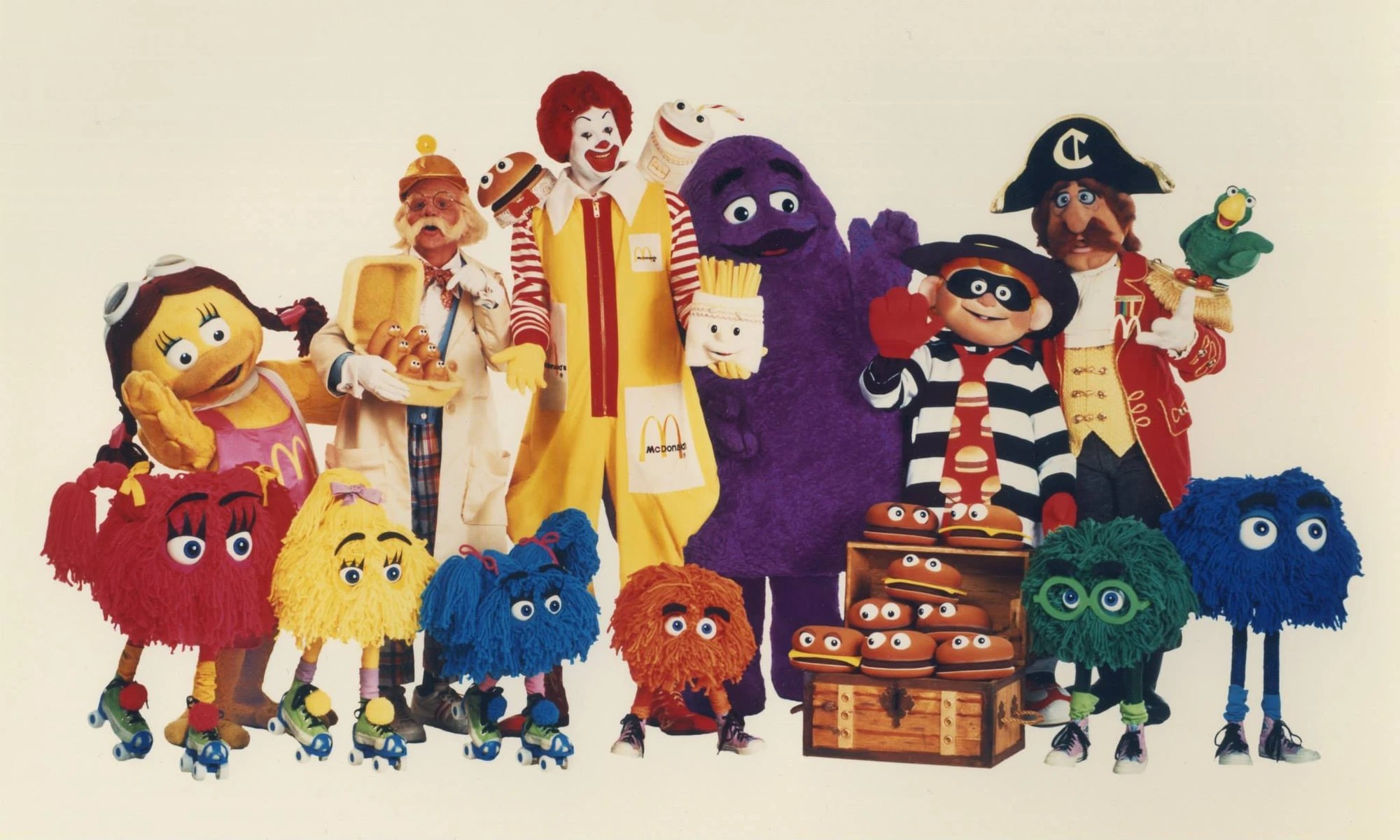Understanding The McDonald's Gang Phenomenon: A Deep Dive
In recent years, the term "McDonald's Gang" has emerged as a significant topic of discussion within various communities, particularly among urban youth. This term often refers to groups of young individuals who congregate at McDonald's locations, engaging in various activities, sometimes even criminal behavior. Understanding the dynamics of the McDonald's Gang phenomenon is crucial for parents, educators, and community leaders, as it sheds light on the social interactions and challenges faced by adolescents today.
The McDonald's Gang phenomenon encapsulates a broader narrative about youth culture, socialization, and the impact of fast-food establishments on community dynamics. As an iconic brand, McDonald's serves not only as a restaurant but also as a social hub, where young people often gather to eat, socialize, and sometimes engage in less desirable behaviors. This article aims to explore the implications of this phenomenon, its origins, and potential solutions to address the associated issues.
Through a comprehensive examination of the McDonald's Gang culture, we aim to provide insights that can help parents, educators, and community members understand and address the challenges posed by this trend. From exploring the reasons behind the formation of such groups to discussing potential solutions, this article will cover all significant aspects of the McDonald's Gang phenomenon.
Table of Contents
- What is the McDonald's Gang?
- Historical Context of McDonald's as a Youth Hangout
- Social Dynamics Within the McDonald's Gang
- Implications for Communities
- Potential Solutions to the McDonald's Gang Phenomenon
- Case Studies of McDonald's Gang Incidents
- Expert Views on Youth Culture and Fast Food
- Conclusion
What is the McDonald's Gang?
The term "McDonald's Gang" typically refers to groups of young people who gather at McDonald's restaurants for social interaction. While many may perceive these gatherings as harmless, some reports indicate that these groups can engage in disruptive or even criminal behavior. The McDonald's Gang phenomenon varies widely, depending on the location and the individuals involved.
Characteristics of McDonald's Gang
- Age Range: Typically teenagers and young adults.
- Behavior: Socializing, sometimes involving loud or disruptive actions.
- Location: Primarily at McDonald's restaurants, often in urban areas.
- Group Dynamics: Formation of hierarchies and cliques within the gang.
Historical Context of McDonald's as a Youth Hangout
McDonald's has long been a staple in American culture, serving as a social hub for families and young people. The fast-food chain's emphasis on affordability, accessibility, and a casual dining experience has made it an attractive location for youth gatherings. Understanding this historical context is essential to grasp the evolution of the McDonald's Gang phenomenon.
McDonald's as a Cultural Icon
Since its inception, McDonald's has positioned itself as more than just a fast-food restaurant. It has become a cultural icon, particularly among younger demographics. The brand's marketing strategies, which often target children and teenagers, have contributed to its status as a popular meeting spot.
Social Dynamics Within the McDonald's Gang
The social dynamics of the McDonald's Gang can be complex. These groups often form based on shared interests, backgrounds, or social status. Understanding these dynamics is crucial for addressing the challenges they present.
Group Formation and Identity
Young people often seek companionship and community, which can lead to the formation of groups like the McDonald's Gang. These groups may provide a sense of belonging and identity, particularly for those who feel marginalized or excluded elsewhere.
Implications for Communities
The presence of McDonald's Gangs can have significant implications for local communities. While some gatherings may be benign, others can result in disturbances or criminal activity, prompting concerns among residents and law enforcement.
Community Reactions
- Increased police presence in areas with frequent gang activity.
- Local businesses expressing concerns about safety and customer experience.
- Community programs aimed at engaging youth in positive activities.
Potential Solutions to the McDonald's Gang Phenomenon
Addressing the challenges posed by the McDonald's Gang phenomenon requires a multi-faceted approach. Solutions may involve collaboration between local authorities, community organizations, and McDonald's management.
Community Engagement Initiatives
- Creating youth programs that provide positive engagement opportunities.
- Encouraging local businesses to host events that attract youth in a safe environment.
- Involving parents and guardians in discussions about youth behavior and community safety.
Case Studies of McDonald's Gang Incidents
Numerous incidents involving McDonald's Gangs have been reported across the country. Analyzing these case studies can provide valuable insights into the underlying causes and potential solutions.
Notable Incidents
Some notable incidents involving McDonald's Gangs include:
- Altercations between rival groups leading to police intervention.
- Theft or vandalism occurring at local McDonald's locations.
- Community responses aimed at reducing gang-related activities.
Expert Views on Youth Culture and Fast Food
Experts in sociology, psychology, and youth development have weighed in on the implications of the McDonald's Gang phenomenon. Their insights can help inform strategies for addressing the challenges associated with youth gatherings at fast-food establishments.
Perspectives from Sociologists
Sociologists emphasize the importance of understanding the social context in which youth gather. They argue that addressing the root causes of youth discontent and providing positive outlets is crucial for reducing gang-related activities.
Conclusion
In summary, the McDonald's Gang phenomenon reflects broader societal trends related to youth culture and socialization. Understanding its implications is essential for community leaders, parents, and educators. By fostering positive engagement opportunities and addressing the underlying social issues, communities can help mitigate the challenges associated with McDonald's Gang gatherings. We encourage readers to share their thoughts and experiences related to this topic in the comments below, and to explore further articles on youth culture and community engagement.
Thank you for reading! We hope you found this article informative and insightful. We invite you to return for more discussions on relevant topics affecting our communities and youth today.
Naz Reid Stats: A Comprehensive Analysis Of Performance And Potential
George Mikhailovich, Count Brasov: The Legacy Of A Modern Noble
Huberman Tattoo: The Meaning Behind Andrew Huberman's Ink


